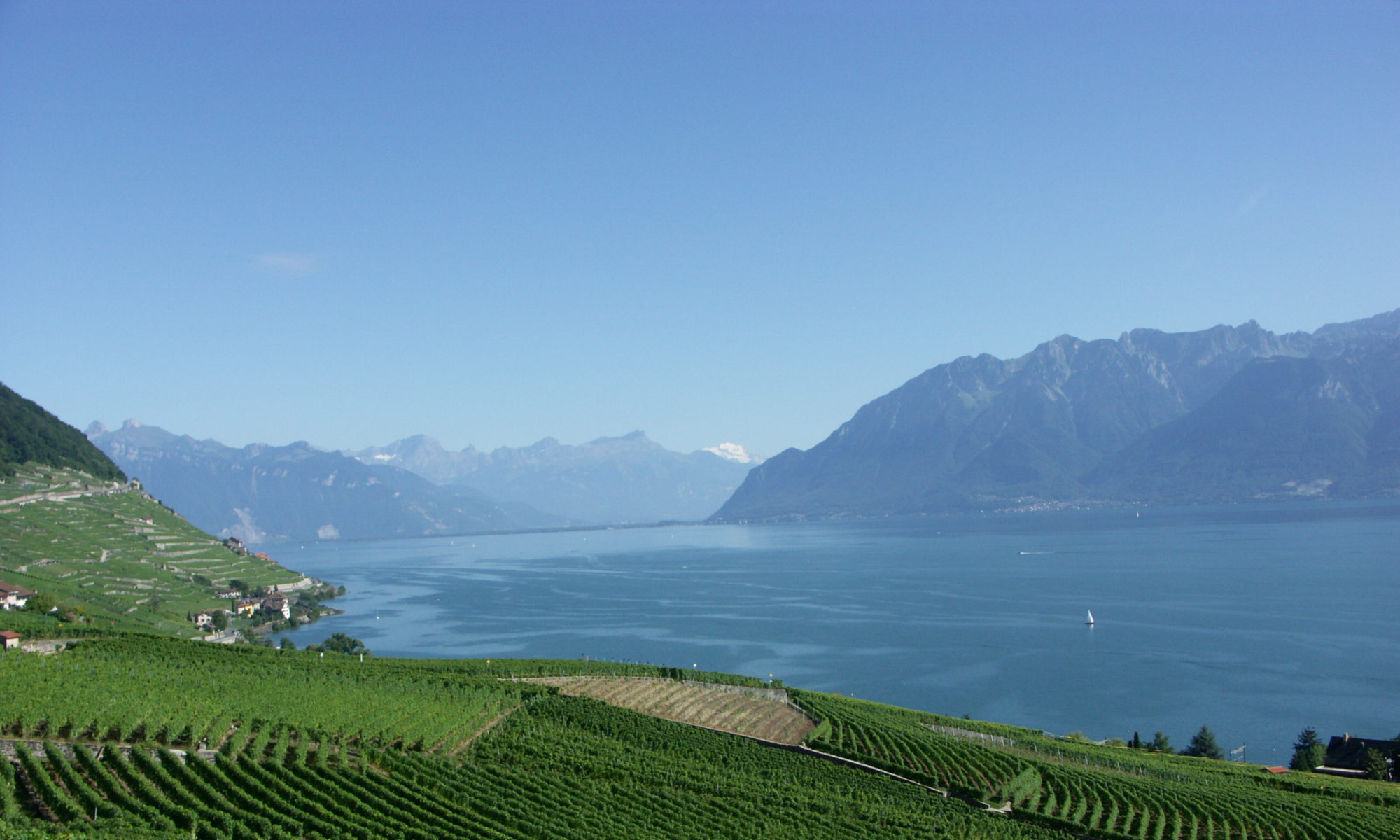What do you think is needed to:
a) Ensure production and dissemination of flood warnings that reach all people in your country? What do you expect from WMO in this regard?
b) Drought-proof your country? What do you expect from WMO in this regard?
c) Be informed enough to manage water wisely for food, energy, health, and the biosphere? What do you expect from WMO in this regard?
To reply to this question use the “Leave a reply” box/field at the bottom of this page.


4.1) Asegurar la producción y difusión de alertas
En el caso de Costa Rica me parece que la mayoría de alertas emitidas llegan en forma oportuna a la población. Muchas veces lo que falta es educación por parte de los ciudadanos para comprender y atender las alertas emitidas y que la población esté preparada para reducir las afectaciones. En este aspecto yo esperaría de la WMO fomentara y cooperara con la elaboración de campañas de educación a la población, en varios niveles, escuela, colegio, población civil, etc., para que tomen conciencia de la problemática de las inundaciones y de las previsiones que se deben tener.
4.2) Para minimizar las afectaciones por sequía se requiere de pronósticos oportunos y una buena planificación. De parte de la WMO esperaría campañas de educación a la población, análogo a las campañas de educación ante inundaciones.
4.3) Para estar mejor informado sobre el manejo adecuado del recurso hídrico en temas como alimentación, energía, salud y biosfera se requiere tener un conocimiento más amplio en temas de gobernanza, legislación, economía, de forma que se pueda ver estos temas individuales, dentro de un marco global a nivel país. Es decir, muchas veces se tiene el conocimiento técnico en un tema específico, pero no se tiene el conocimiento a nivel general o a nivel país, para poder encajar dentro de un todo.
a) I think that as regards floods, our country is prepared well. Maybe, in Europe, WMO should better cooperate with the European Commission and its Joint Research Centre. There are many European transnational programmes related to this issue (e.g. DAREFFORT) and, sometimes, the experts (UNESCO inclusive) work on different ones, being separated from the WMO activities.
b) Currently, in Czechia, there are many expert groups focused on addressing the issues related to drought. Maybe, the situation is similar in other countries during these days because of a long-lasting drought period in Europe. However, the experts should be more aware of the activities of WMO performed together with UNESCO and learn from them, which sometimes may not be the case. There is a strong group of experts/scientists dealing with low flows under the auspices of the FRIEND-Water programme which operates as part of the UNESCO IHP. They also co-authored several WMO operational hydrology reports such as the Manual on Low-Flow Estimation and Prediction. These publications should definitely be more visible.
c) As I mentioned above, maybe the publications of WMO could be more visible. During my recent research, I noticed that many valuable publications are not provided online for free, and some of them are accessible only while being registered (having proper credentials). This does not relate only to the CHy publications and, I think, it should be reconsidered. I do not know what the level of digitization at WMO is, but I guess it is quite high, which, on the other hand, does not correspond to the online situation.
B) Drought proof.
There are many ways to increase drought resilience in a country: infrastructures like dams, rational use of water, water regulation issues etc. But to a NHS, the main concern is to create and maintain an operational drought warning system, based in simple and reliable drought indexes, published in a way that society can understand and make decisions to short and long terms.
a) A well-established end to end chain, with solid links, for flood forecasting and warning. I expect from WMO that it continues with the development of the different activities already underway (e.g. establishment of a Community of Practice for flood forecasting).
b)
c) The conflicts among different water uses impose a challenge to creativity during both the design and the operation phases of some hydraulic works (e.g. hydropower vs. irrigation, in multi-purpose reservoirs). System operation and water management require feeding decision support systems with real-time data (hydrometeorological and other) in order to optimize operations. WMO has been supportive in areas of hydrometeorological network design and evaluation, integrated water resources management, use of water management tools, etc. I expect WMO to continue and strenghten these and other related activities.
a) Nous attendons de l’OMM un appui au développement du système de collecte d’information doublé d’un système d’alerte précoce pour faire face aux phénomènes d’inondation qui se posent aujourd’hui avec acuité avec le réchauffement climatique.
b) Aucun pays n’est aujourd’hui à l’abri de la sécheresse : sécheresse par manque d’eau et les terres couvertes de glace, qui empêchent tout développement des cultures et des plantes. Un système d’alerte précoce pour atténuer les effets de la sécheresse est aussi nécessaire.
c) Un appui de l’OMM au renforcement de capacité du système de collecte des informations aussi bien quantitatives et qualitatives des eaux de surface et souterraines peut aider à la gestion judicieuse de tout usage de l’eau.